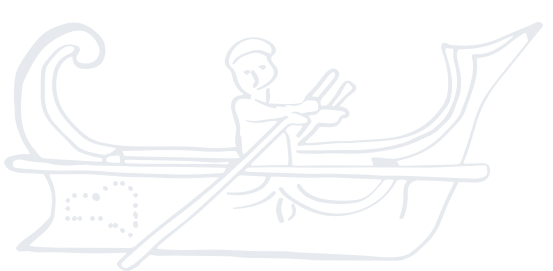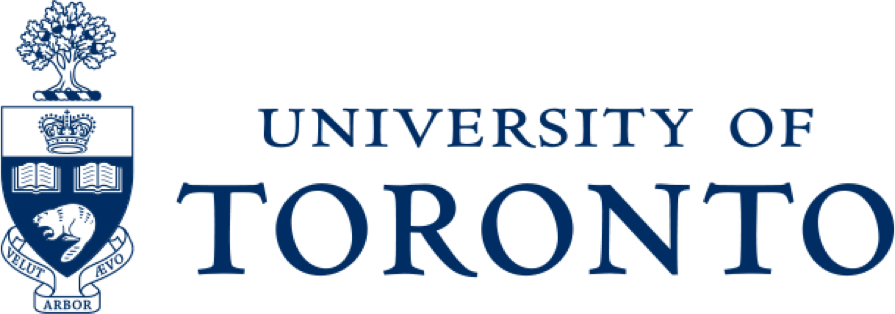
Courses
Students take two courses: Methods in Mediterranean Archaeology (MAC1000Y), and a fieldwork requirement (MAC2000H). The first is a year-long core course with the aim of providing students with a critical understanding of what constitutes method within the different domains of Classical archaeology, ancient history, and prehistory, and the challenges and opportunities in working across these methods to produce new frameworks for researching the ancient Mediterranean. Students will examine ways in which historical and archaeological methods might be applied comparatively or diachronically across traditional chronological or geographical boundaries. Readings will be drawn from several core ‘classic' texts on the ancient Mediterranean and specific case studies. Students will be evaluated based on in-class presentations and a major research paper. Themes and topics to be discussed are divided into four main categories:
Settlement Patterns
The sheer scale of research means that we have at our fingertips immensely detailed records of some of the micro-ecologies mentioned above – not only specific landscapes that have been intensively surveyed, with evidence for multiple periods of use, but also settlements with extended occupation horizons, in some cases from the Neolithic all the way through to the Late Antique. Especially important in these histories are the different episodes of urbanization, in both prehistoric and historic periods.
Connectivity and Networks
Many of these settlements and landscapes offer evidence for their interconnectedness across the millennia. The range of processes is staggering, from initial patterns of Neolithic colonization; to interregional trade in the Late Bronze Age; Greek and Phoenician colonization in the early 1st millennium BC; to Roman imperialism
Technology and Economy
The heterogeneous environment of the Mediterranean offered an immense range of economic resources, whether agricultural (vine, olive, cereal), pastoral (sheep, goat, cattle), marine (fish, shell), or mineral (clay, lithic, metal). And yet, the patchiness of these resources from island to island, from coast to coast, helped create many different responses in terms of technological choices, and the social and political mobilization of production. Archaeological evidence is adept at not only identifying resources and technologies, but also, through the growing field of bioarchaeology study of human bone in particular), their economic outcomes and impact on patterns of wealth distribution and consumption.
Art and Religion
It hardly needs underlining that the artistic output across these many millennia of the Mediterranean’s occupation was abundant and varied. Whether we study expressions of the human form, from Neolithic figurines to Classical sculpture, or modes of burial, from Bronze Age tholos tombs to Roman sarcophagi, the material is overwhelming. And while there are many factors informing this cultural production—such as issues of identity and modes of communication—religion, cult, or ritual seems ever-present, in one way or another.
By providing students with an acute sense of the deep historical trajectories in each of these areas, and the specific questions and methods that can reveal and inform them, the specialization will have value in directing students towards research topics that have relevance within these broader Mediterranean questions. This is the common learning experience for all students in this specialization. Of course, students will then need to develop specific skills and research methods within a more specialized domain, as they go on with their doctoral research. For example, those working in historical periods will be trained in the appropriate way to utilize texts as part of a larger archaeological discourse. But the idea is that all students will then, within their own specialism, be fully able, thanks to the specialization, to enter into proper dialogue with other scholars pursuing similar topics across the full range of Mediterranean archaeology – whether in prehistoric or historic periods. Our program has specialists who cover a broad temporal range, from Palaeolithic to Late Antique, and with regional coverage from the Levant to Italy.
The second course, the fieldwork requirement (MAC2000H), stems from the unavoidably hands-on nature of the discipline – it is rare to find an archaeologist not involved in active fieldwork. It is important that students in the Collaborative Specialization obtain first-hand experience of archaeological fieldwork in the Mediterranean. Not only will this component of the specialization provide students with direct experience of some of the fundamental techniques of the discipline and how primary archaeological data is generated, it will also expose them to the diachronics of landscape, settlement, and material culture in the Mediterranean. It will consist of at least four weeks of excavation, survey, or a study season. Students will take part in projects run by core faculty from participating units, many of whom have active fieldwork projects in the region (e.g. Italy, Greece, Turkey, Jordan, and Israel). Students will be placed on one of these projects, typically in the summer following their first year of coursework. No prior fieldwork experience is expected or required – the necessary skills will be taught as part of the fieldwork. Students will be required to demonstrate participation and submit a fieldwork daybook to the Specialization committee for assessment and feedback.
The second course, the fieldwork requirement (MAC2000H), stems from the unavoidably hands-on nature of the discipline – it is rare to find an archaeologist not involved in active fieldwork. It is important that students in the Collaborative Specialization obtain first-hand experience of archaeological fieldwork in the Mediterranean. Not only will this component of the specialization provide students with direct experience of some of the fundamental techniques of the discipline and how primary archaeological data is generated, it will also expose them to the diachronics of landscape, settlement, and material culture in the Mediterranean. It will consist of at least four weeks of excavation, survey, or a study season. Students will take part in projects run by core faculty from participating units, many of whom have active fieldwork projects in the region (e.g. Italy, Greece, Turkey, Jordan, and Israel). Students will be placed on one of these projects, typically in the summer following their first year of coursework. No prior fieldwork experience is expected or required – the necessary skills will be taught as part of the fieldwork. Students will be required to demonstrate participation and submit a fieldwork daybook to the Specialization committee for assessment and feedback.

